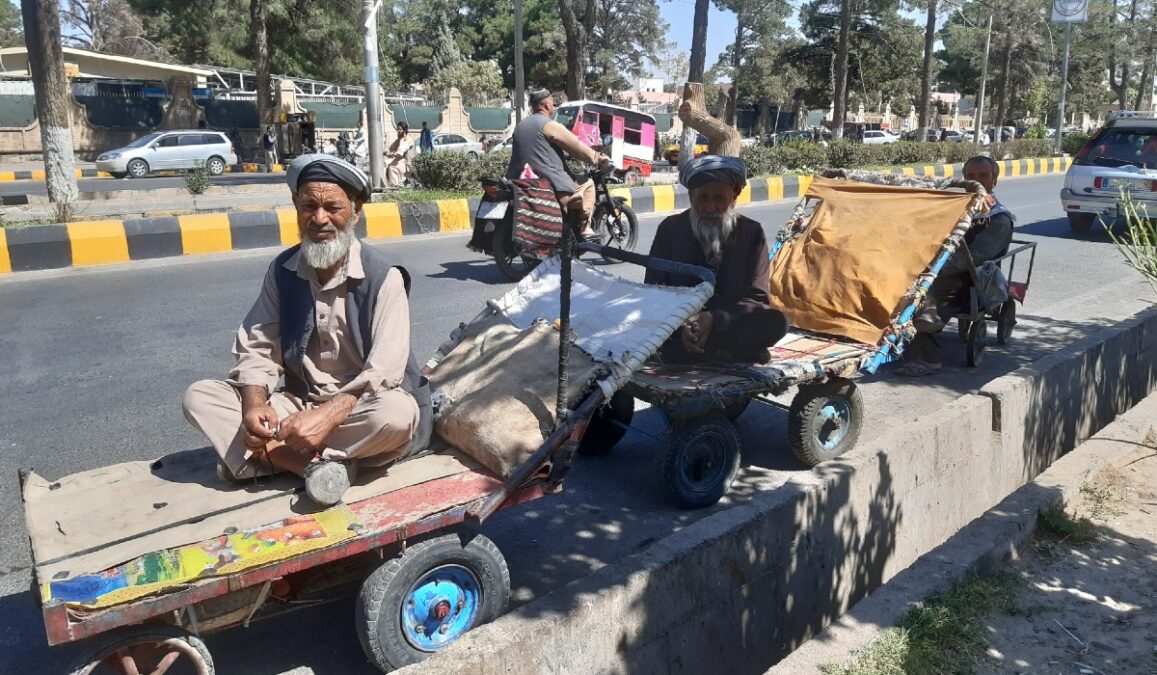KABUL — The United Nations World Food Program has warned that as many as three million people in Afghanistan will require emergency food assistance this summer, but the agency says it currently has resources to support only a third of them.
The shortfall, driven by a severe lack of funding, threatens to push millions into what the WFP described as a potential “catastrophic hunger” crisis in the months ahead.
Afghanistan remains one of the world’s most acute humanitarian emergencies, with widespread food insecurity compounded by economic collapse, political isolation and extreme weather events. The WFP said its ability to respond has been dramatically reduced due to a decline in international contributions.
“We are facing impossible choices,” the agency said in a statement this week. “With current resources, only one million people can be reached, leaving two million without critical food aid during a period of peak need.”
Food insecurity has plagued Afghanistan for years, but conditions have worsened sharply since the Taliban’s return to power in 2021, which triggered the suspension of foreign aid and the freezing of the country’s financial assets. Consecutive droughts and rising food prices have further deepened the crisis.
Humanitarian officials have called on donor countries and international agencies to urgently increase funding. Without additional support, experts warn, Afghanistan could face one of the most severe hunger emergencies in its modern history.
The WFP and other aid groups have repeatedly appealed to the global community to prevent a full-scale famine. But with competing global crises stretching donor budgets, securing sustained international attention has proven difficult.
The U.N. estimates that nearly half of Afghanistan’s population — about 23 million people — will experience some level of food insecurity this year.





